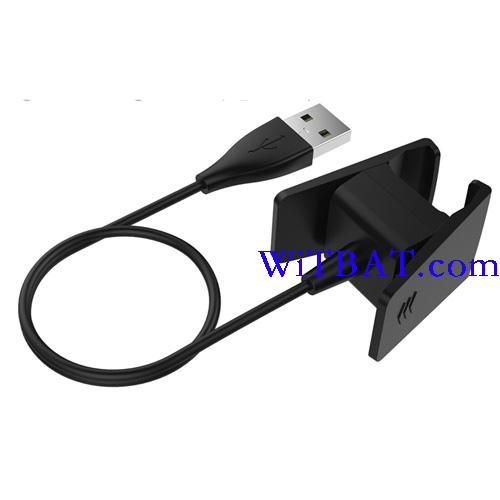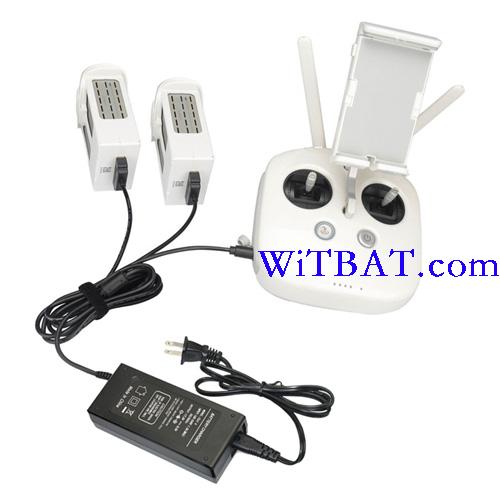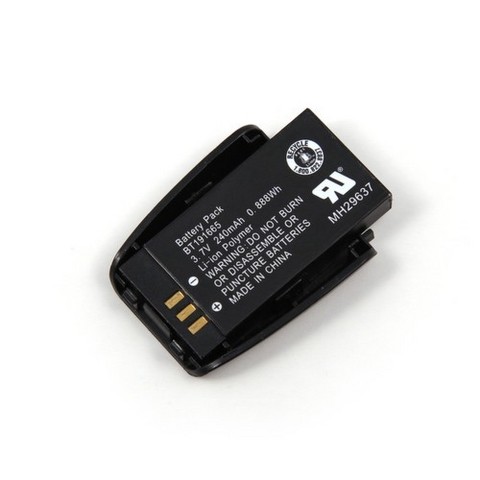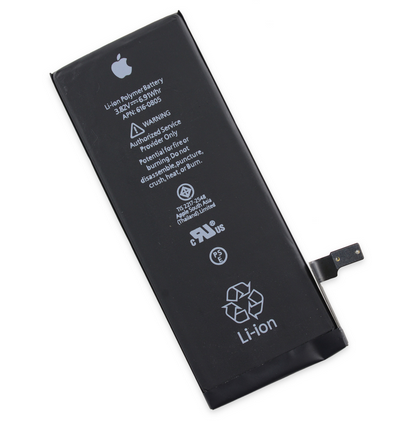Battery Navigation
Latest topics
Search
Battery Statics
Ads
New technology extends the life of lithium-ion batteries
Page 1 of 1
 New technology extends the life of lithium-ion batteries
New technology extends the life of lithium-ion batteries
Nexeon, a spin-out of Imperial College London, has developed production methods for its lithium-ion batteries at a new pilot plant in Oxfordshire, with the aim of keeping costs equal to those of conventional carbon anodes.
The technology allows batteries to hold ten times the charge of other models because silicon anodes can hold more lithium ions than carbon ones and could be used in electric vehicles or consumer electronics.
But previous attempts to use silicon have suffered because the connections between atoms break down through repeated charging, leaving isolated regions of material.
Nexeon’s design involves creating a structure of tiny interwoven strands of silicon, one fifth of a micron in diameter, which prevents the material degrading in the same way.
‘If one connection is broken there are a million others so you don’t get the cracking up,’ said Imperial’s Prof Mino Green, inventor of the technology and Nexeon’s chief scientific officer.
To create the strands, tiny hemispheres of silver are deposited on particles of silicon and hydrofluoric acid is used to etch down through the remaining exposed silicon, leaving a structure resembling a hedgehog.
The strands are then broken off and used to create the anode while 99.8 per cent of the silver is recovered and recycled using nitric acid.
The new pilot plant at Culham near Oxford, which opened earlier this year, can produce one million 18650-type battery cells annually.
Nexeon had to design low-costs production facilities that could cope with pumping highly corrosive hydrofluoric acid around.
Engineering and operations director Ian McDonald said: ‘We thought about costs from the beginning – we didn’t want to try reducing costs at a later stage.’
Expanding Nexeon’s facilities could help the growth of battery production in the UK, said CEO Scott Brown.
‘We’re in dialogue with several major battery manufacturers and EV manufacturers and some are already evaluating the material,’ he said.
‘It means we won’t be shipping battery parts from Asia for EVs. It might be a natural progression for manufacturing in the UK within three or four years’ time.’
via TheEngineer
The technology allows batteries to hold ten times the charge of other models because silicon anodes can hold more lithium ions than carbon ones and could be used in electric vehicles or consumer electronics.
But previous attempts to use silicon have suffered because the connections between atoms break down through repeated charging, leaving isolated regions of material.
Nexeon’s design involves creating a structure of tiny interwoven strands of silicon, one fifth of a micron in diameter, which prevents the material degrading in the same way.
‘If one connection is broken there are a million others so you don’t get the cracking up,’ said Imperial’s Prof Mino Green, inventor of the technology and Nexeon’s chief scientific officer.
To create the strands, tiny hemispheres of silver are deposited on particles of silicon and hydrofluoric acid is used to etch down through the remaining exposed silicon, leaving a structure resembling a hedgehog.
The strands are then broken off and used to create the anode while 99.8 per cent of the silver is recovered and recycled using nitric acid.
The new pilot plant at Culham near Oxford, which opened earlier this year, can produce one million 18650-type battery cells annually.
Nexeon had to design low-costs production facilities that could cope with pumping highly corrosive hydrofluoric acid around.
Engineering and operations director Ian McDonald said: ‘We thought about costs from the beginning – we didn’t want to try reducing costs at a later stage.’
Expanding Nexeon’s facilities could help the growth of battery production in the UK, said CEO Scott Brown.
‘We’re in dialogue with several major battery manufacturers and EV manufacturers and some are already evaluating the material,’ he said.
‘It means we won’t be shipping battery parts from Asia for EVs. It might be a natural progression for manufacturing in the UK within three or four years’ time.’
via TheEngineer
 Similar topics
Similar topics» How to enhance the life of lithium-based batteries
» Technology Allows Honda Get Rare Materials from Recycling Batteries
» DuPont announces new battery technology
» New battery technology seeks balance between density and discharge durability
» Cooperation on Lithium-ion Batteries between Renault and Nissan
» Technology Allows Honda Get Rare Materials from Recycling Batteries
» DuPont announces new battery technology
» New battery technology seeks balance between density and discharge durability
» Cooperation on Lithium-ion Batteries between Renault and Nissan
Page 1 of 1
Permissions in this forum:
You cannot reply to topics in this forum













» NIO Phone 2 Smartphone Battery NBET02
» Mercedes Becker Map Pilot Battery HJS100
» Braun Silk-épil 9 Flex Type 5380 Epilator Battery
» Samsung Galaxy Tab Active Tablet PC Battery EB-BT365BBU
» Samsung Galaxy Tab Active 3 SM-T570 Tablet PC Battery EB-BT575BBE